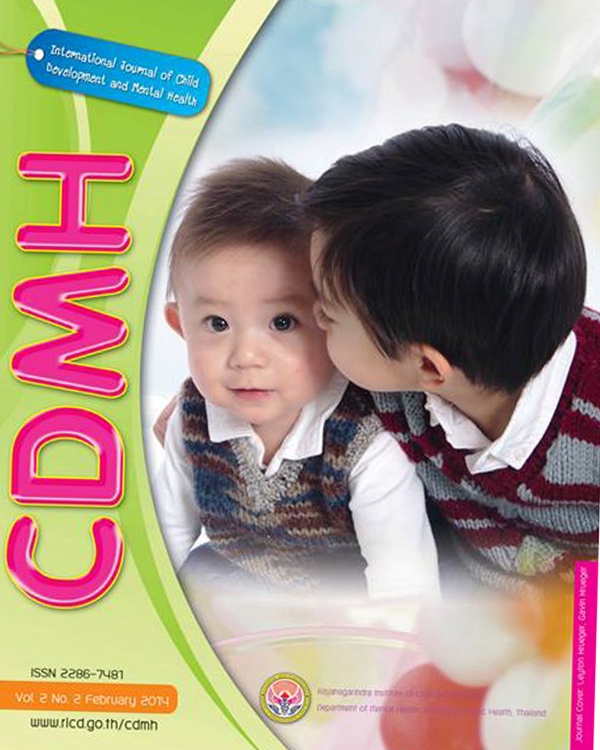Preliminary study of neuroimaging and psychophysiology in adults with ADHD
Main Article Content
Abstract
Attention Deficit Hyperactivity Disorder (ADHD) affects in both children and adults leading
to poor executive functioning and quality of life. However, very little study focuses on neuroimaging and psychophysiology in the adults with ADHD. This preliminary study aimed to report neuroimaging and psychophysiology outcomes in the adults with ADHD. Participants in this study consisted of three groups: unaffected fathers of offspring with ADHD, adults with ADHD, and matched controls, were enrolled. A psychological battery was used in order to assess the participants’ cool cognitive function. Levels of dopaminergic activity were assessed by using the single positron emission computed tomography (SPECT) with [99mTc] TRODAT-1. In a pilot test for further study, the Iowa gambling
test in a mock functional MRI was conducted. Molecular neuroimaging indicated the pivotal
role of dopaminergicactivity altered a swellas functional brain imaging demonstrated difference between cool and hot executive functions. Using the Event-Related Potentials (ERP), the P300 amplitude of adults with ADHD was found to be lower than healthy group. In conclusions, Neuroimaging and psychophysiology outcome were effectively identified in adult with ADHD. Further study of neuroendocrinological factors might be related.
Article Details
![]()
Creative Commons License
This work is licensed under a Creative Commons Attribution-NonCommercial-No Derivatives 4.0 International (CC BY-NC-ND 4.0)
The authors retain copyright and permit the journal the copyright of first publication
Articles, once having passed the review process and accepted for publication in the CDMH Journal, are copyrighted under the CDMH Journal, Department of Mental Health, Ministry of Public Health. Please be aware distribution of CDMH Journal content for commercial purposes without permission is expressly prohibited. However, distribution with intent to educate, advocate, or spread awareness within the general public and research communities is permitted and encouraged with the understanding that the CDMH Journal Editorial Board do not hold jurisdiction or liability for any accompanying comments, text, or information from third parties, either in favor for or against the original article’s assertions, conclusions, methodology, or content.


